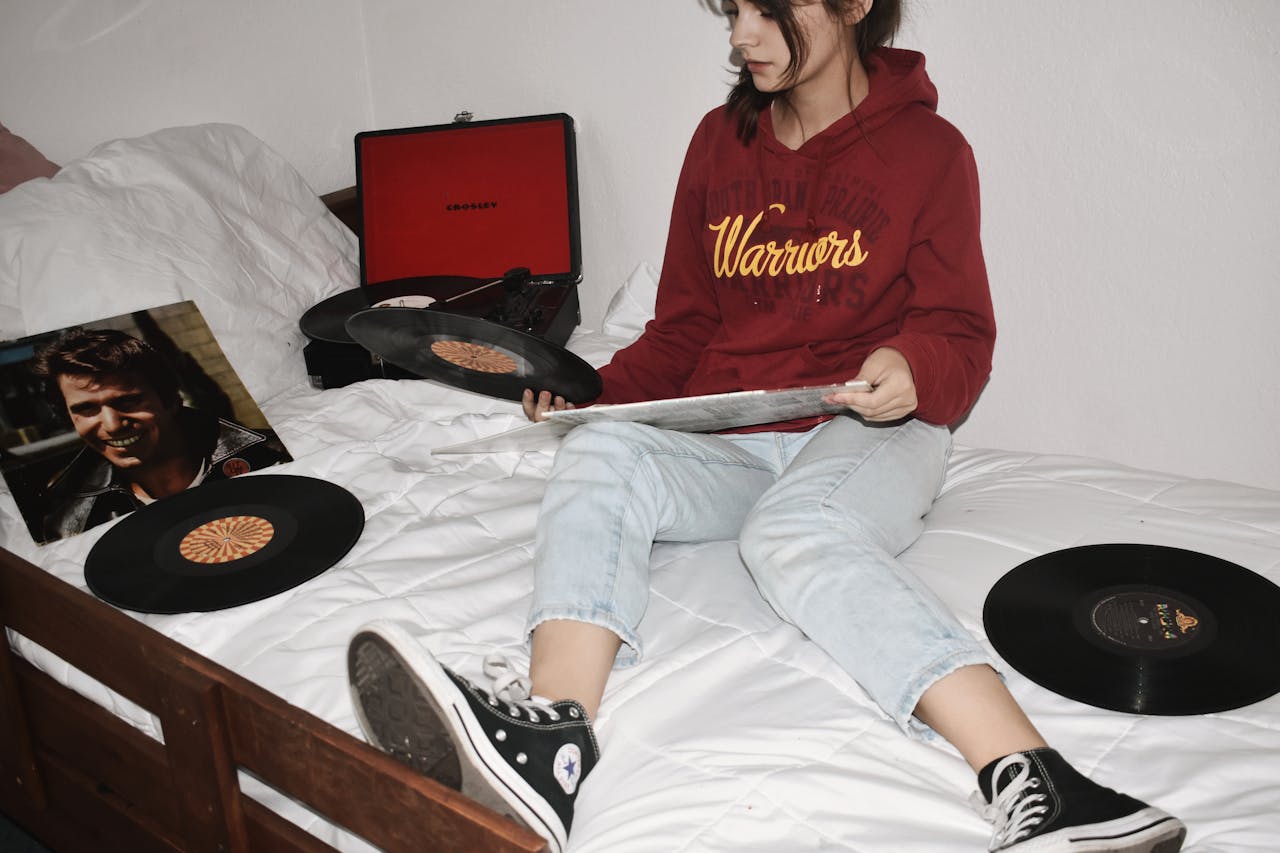Thrift stores can hide real treasures if you know the clues. From vintage denim to silver flatware, many everyday pieces have collector demand or built-in material value. The trick is spotting maker marks, dates, and quality details that teens can learn fast. This gallery breaks down 10 common finds, exactly what to check, and how to avoid duds. Learn to compare sold prices, inspect condition closely, and follow local rules on reselling recalled or restricted items like electronics and toys. Smart thrifting can even fund your next project.
1. Vintage Vinyl Records
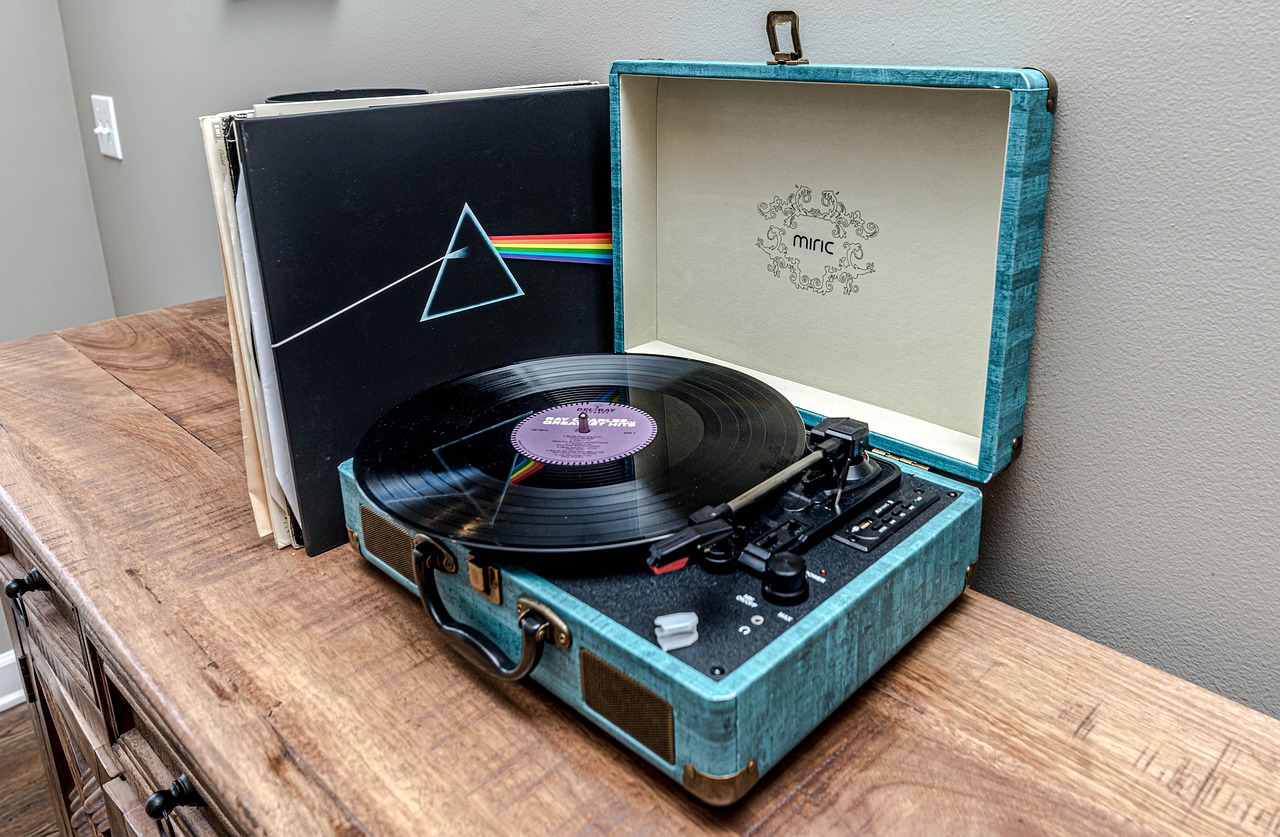
First pressings of vinyl records can be worth far more than reissues. Look for runout markings, early label logos, and hype stickers that match original release years. Mono mixes from the 1960s, promo stamps, and radio-station copies can add value. Condition rules: clean surfaces, minimal scratches, and intact sleeves. Bring a phone to compare sold listings, not asking prices. Avoid water damage and mold. Store finds can flip fast if the pressing is right and the record grades VG or better. Rare 45s also sell.
2. Vintage Denim and Levi’s
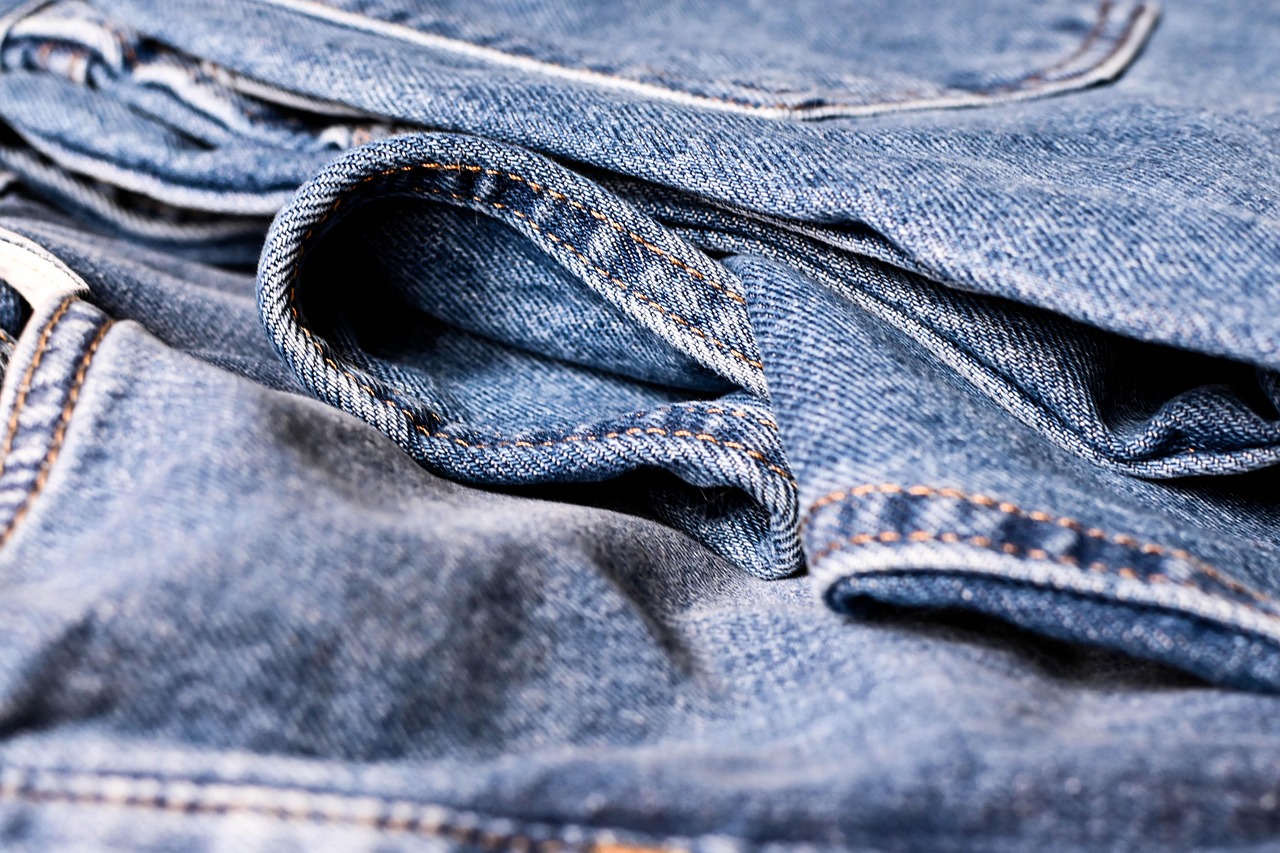
Vintage denim can be a jackpot. For Levi’s, a red tab with a big E usually signals pre-1971 pieces. Selvedge outseams, hidden rivets, single-stitch hems, and paper patches with early lot numbers all raise interest. Check for chain-stitching at the waistband and arcuate stitching still visible on the back pockets. Condition matters but fades can add value. Compare button-stamp codes and factory marks. Always verify size and measure; buyers pay for fit, fabric, and authentic era details, not just labels.
3. Sterling Silver Flatware
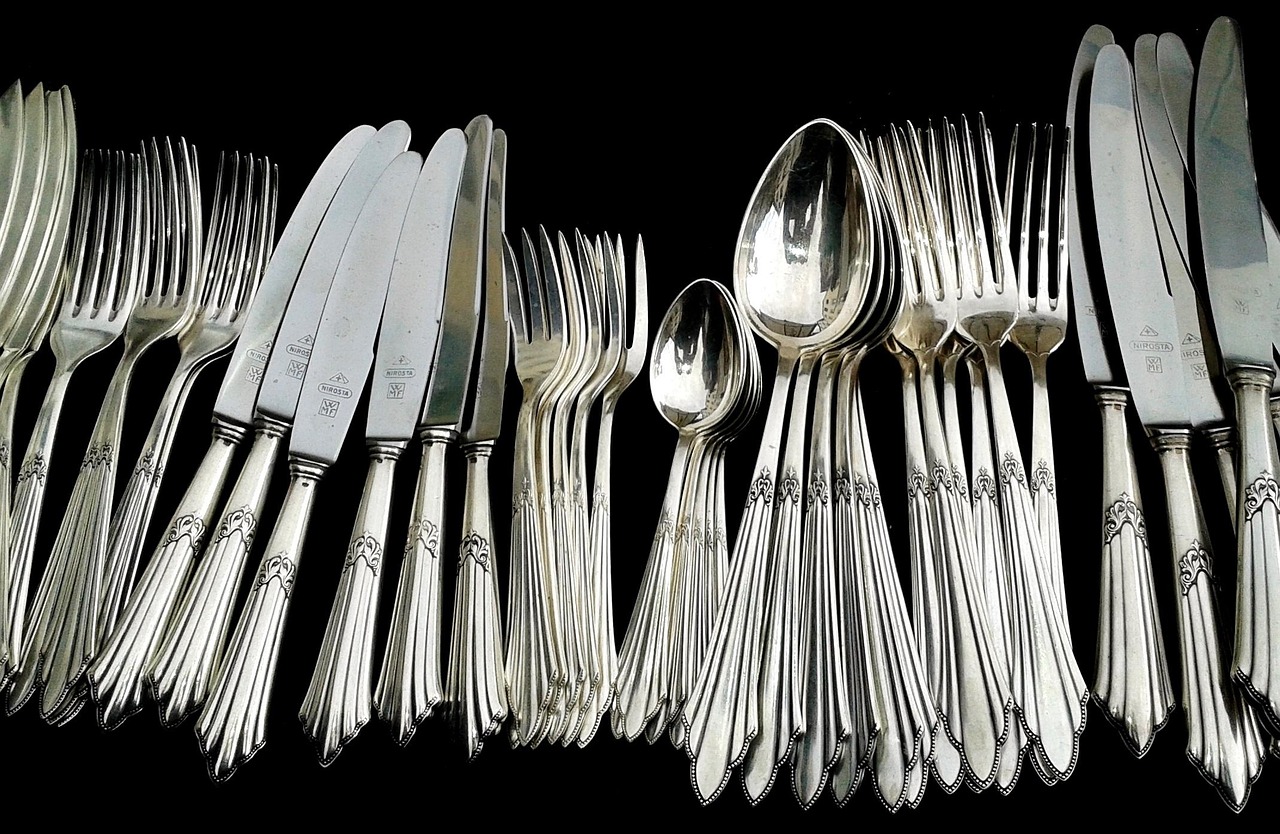
Sterling silver flatware carries both collectible and melt value. Flip pieces for hallmarks like 925, STERLING, or maker marks from Gorham, Tiffany, or Towle. Avoid silverplate stamps such as EPNS or PLATE. Weigh sets to estimate metal value, then check patterns to see if collectors pay above melt. Matching sets, serving pieces, and original chests add value. Follow local rules for buying precious metals, and keep receipts. Many knives have steel blades with weighted sterling handles. Bent tines and heavy monograms can cut demand.
4. Mid-Century Furniture
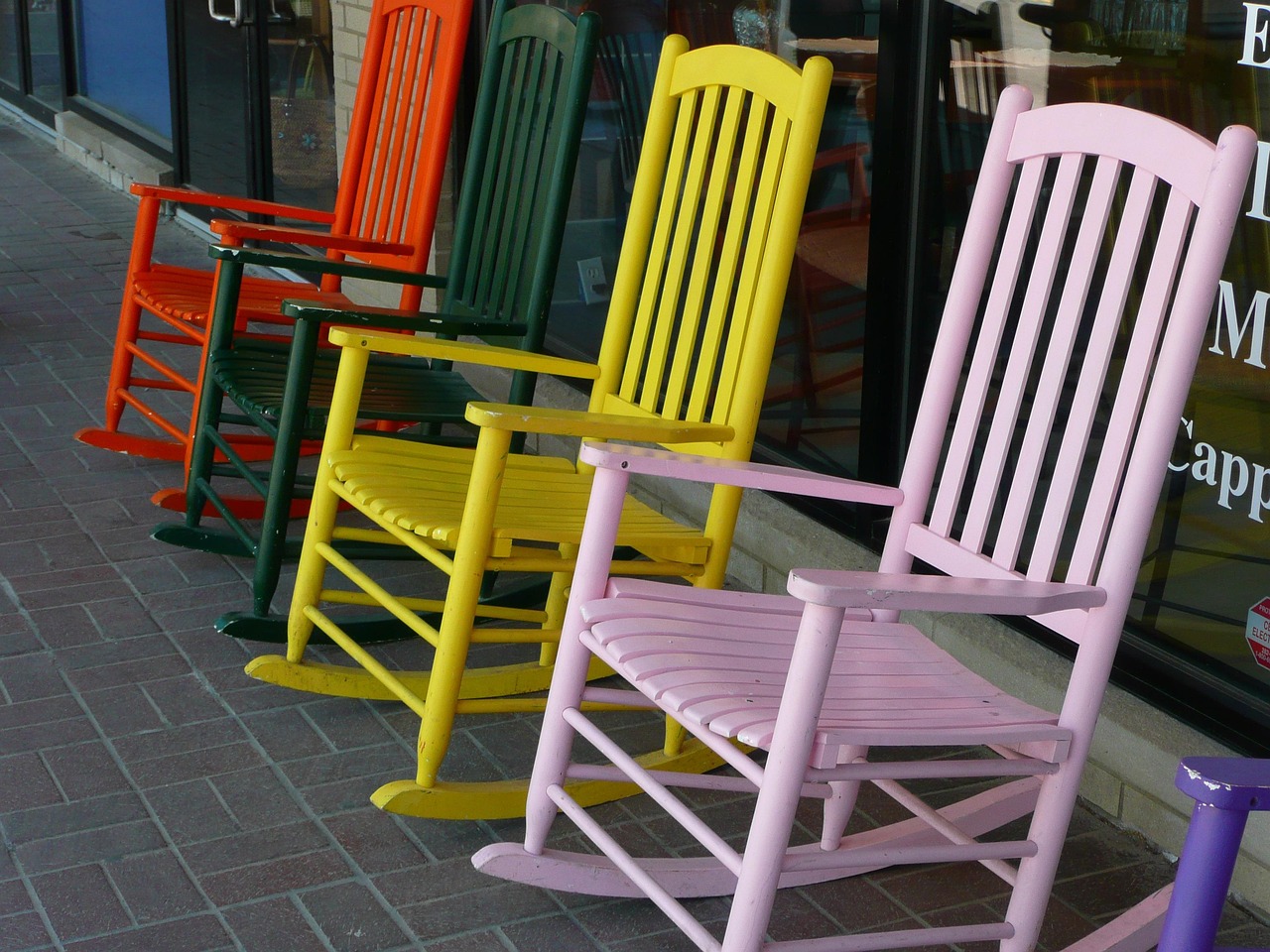
Mid-century furniture from the 1950s to 1970s can be a sleeper win. Look for solid wood like walnut or teak, dovetail drawers, and maker tags from Herman Miller, Knoll, Heywood-Wakefield, or Lane. Original hardware and finish matter. Reupholstery costs can eat profits, so price accordingly. Check drawers and legs for wobble, water rings, and veneer chips. Measure carefully for apartment elevators. A simple cleaning, not sanding, preserves value. Solid design plus authentic labels can mean big flips without major repairs.
5. Vintage Pyrex and Kitchenware

Vintage Pyrex mixing bowls, casseroles, and coffee carafes attract collectors. Opal glass with printed patterns from the 1950s to 1970s is most sought. Check for bright color, glossy finish, and lids that fit. Dishwasher wear, chips, and cracks cut value fast. Corning Ware with early stamps and Le Creuset enameled cast iron also resell well. Verify authenticity by weight and mark style. Safety first: retire chipped cookware from kitchen use and treat valuable sets as display pieces to protect them.
6. Film Cameras and Lenses
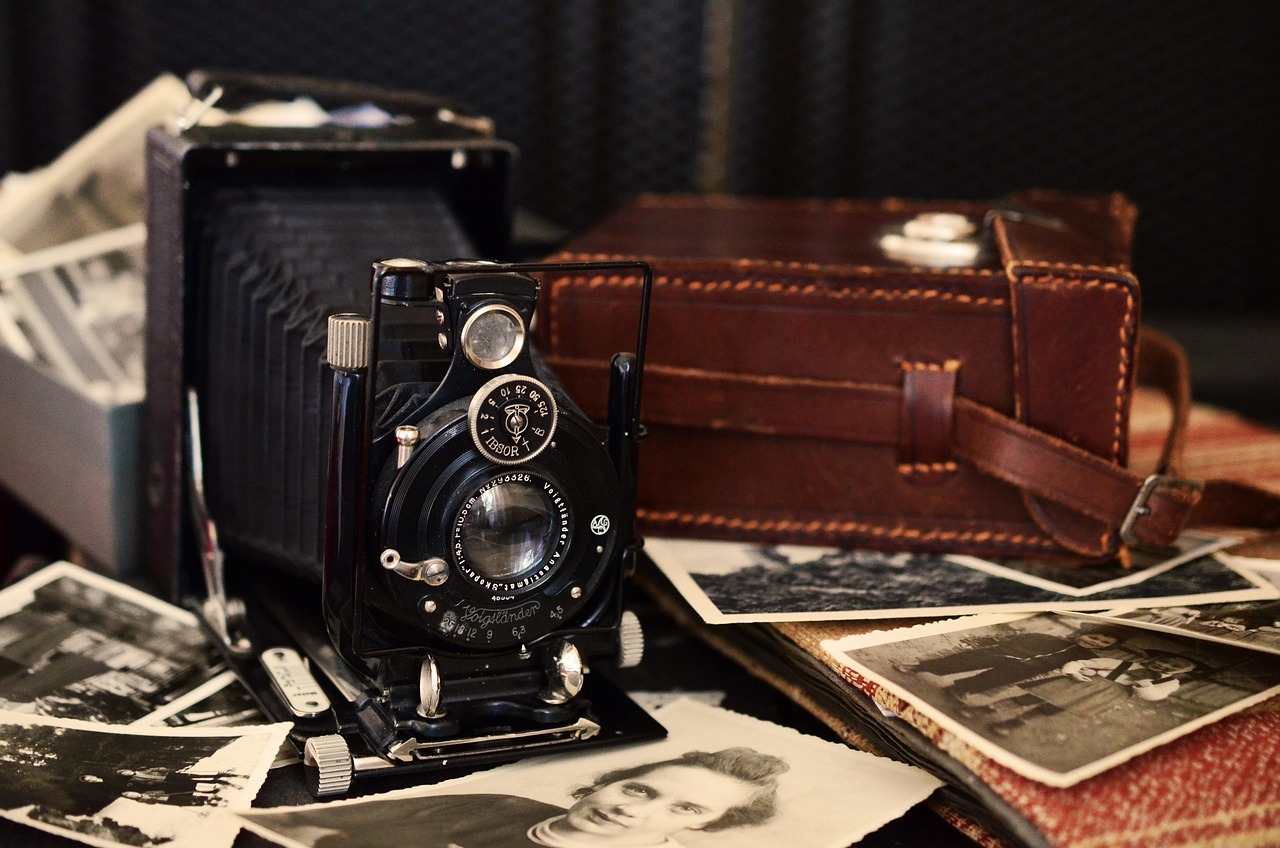
Film cameras and prime lenses are back. Bodies like the Canon AE-1, Nikon F series, and Pentax K1000 draw steady buyers. Fast lenses, such as 50mm f1.4 or 35mm f2, often sell best. Test shutter, advance, and light seals if possible. Shine a light through glass to check for fungus or haze. Original caps, straps, and manuals raise prices. Avoid corroded battery doors. Research sold listings by exact model and lens mount; one letter can separate a keeper from a costly mistake. 35mm format sells fastest.
7. Board Games, LEGO, and Toys

Board games, LEGO sets, and action figures can be sleeper hits. Value jumps when boxes are sealed or sets are complete with manuals. Early Monopoly editions, discontinued LEGO, and 90s figures on cardbacks are worth checking. Count pieces, look for missing tokens, and scan for replacement parts online. Verify no recalls for children’s items before reselling. Condition determines price, so avoid smoky or mildewed boxes. Nostalgia sells, but completeness, originality, and clean packaging close the deal with serious collectors.
8. Signed Costume Jewelry
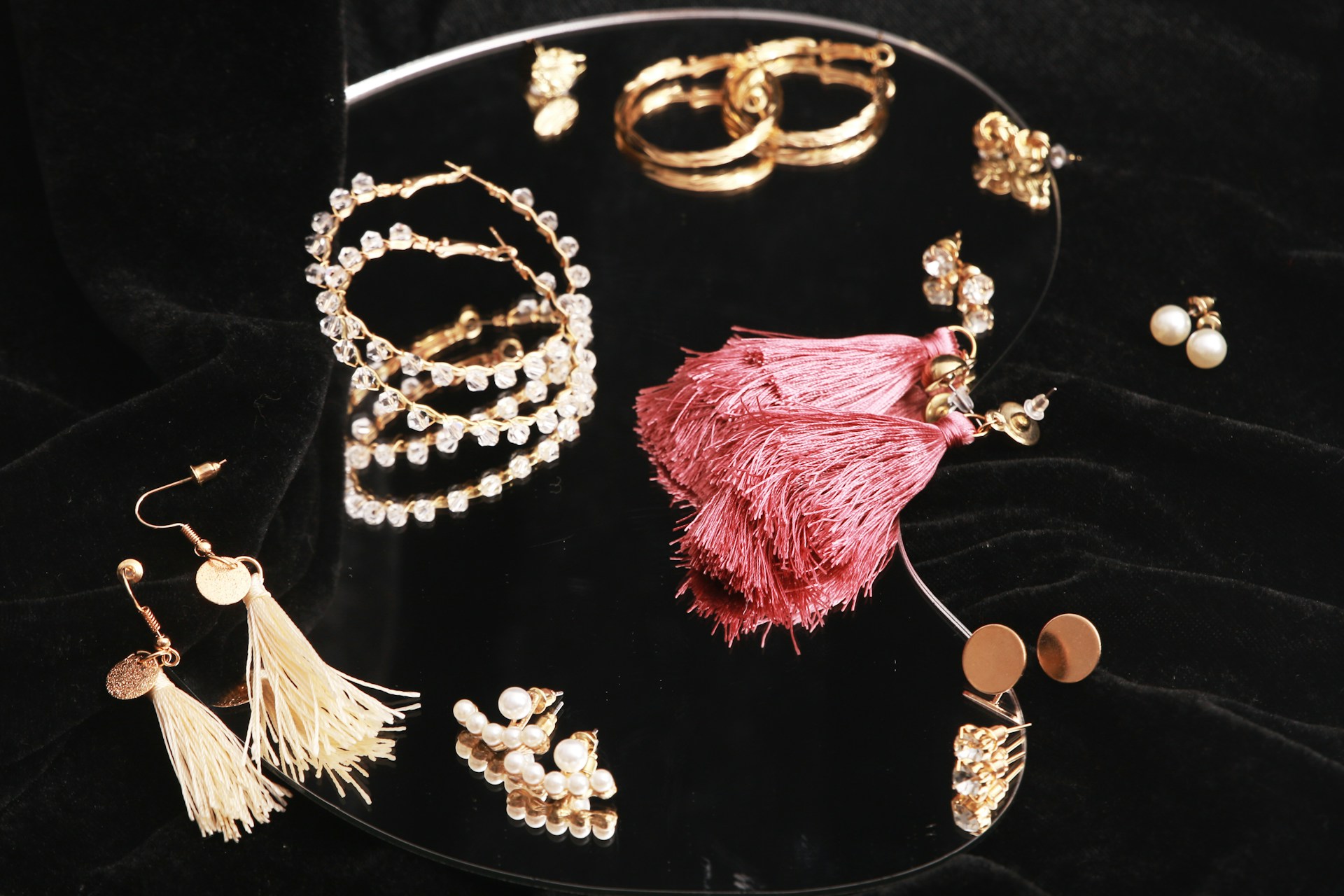
Signed costume jewelry often outperforms unmarked gold tone pieces. Flip brooches and necklaces for signatures like Trifari, Coro, Weiss, Monet, or Napier. Look for intact rhinestones, secure clasps, and original finishes. Bakelite can test positive with a gentle rub-and-smell or Simichrome polish test. Sets with matching earrings add value. Store lighting hides flaws, so check stones under your phone light. Keep tiny bags handy to protect finds. Designer collaborations and runway pieces resell well when verified.
9. Art Prints and Posters
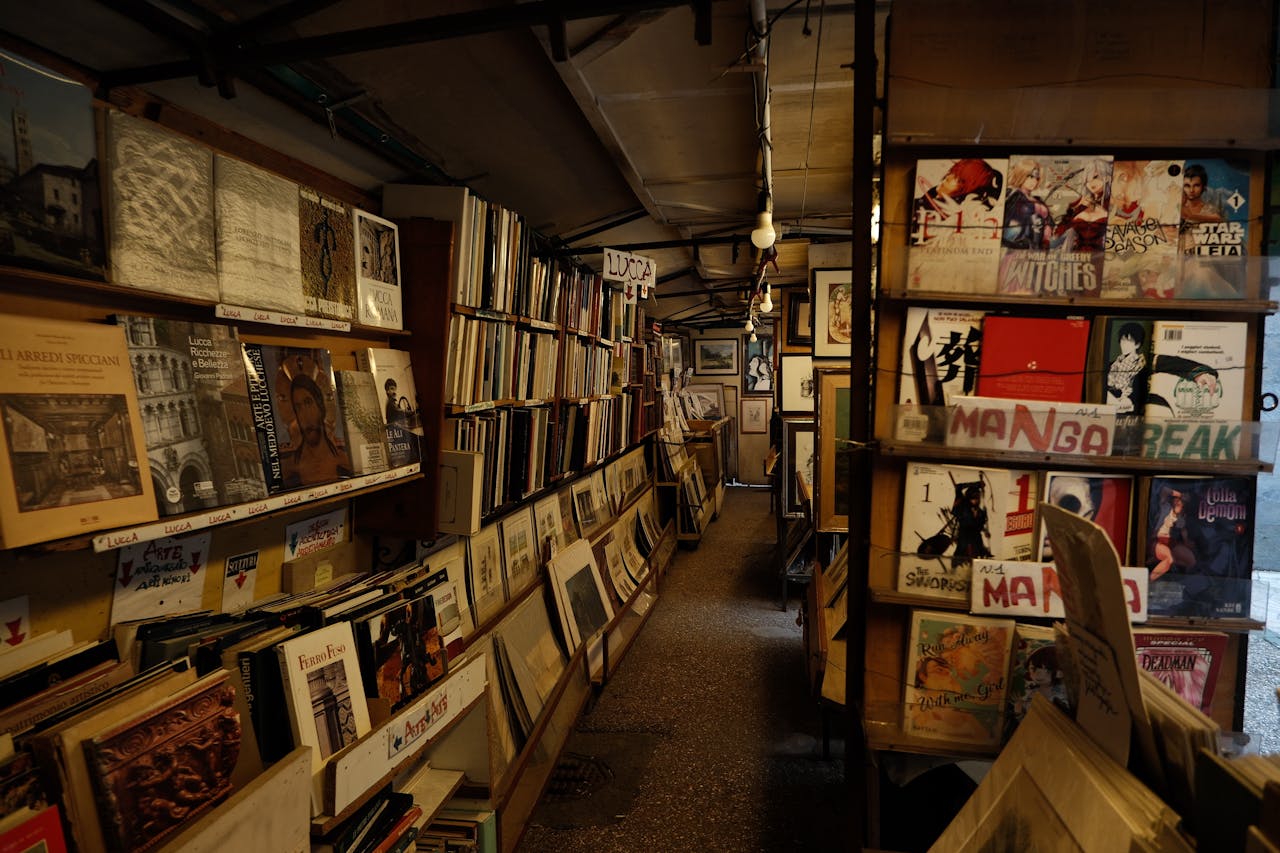
Limited edition prints and vintage posters bring serious bids. Look for pencil signatures, dates, and edition numbers written as a fraction, like 23/100. Lithographs and screenprints from galleries or museum shows often carry blind stamps or embossed seals. Condition is everything: avoid tears, foxing, and tape stains. Original frames can help but check for acid-free mats. Search the artist’s name plus the edition in sold results. Early concert posters and first-run movie one-sheets can surprise.
10. Retro Video Games and Consoles
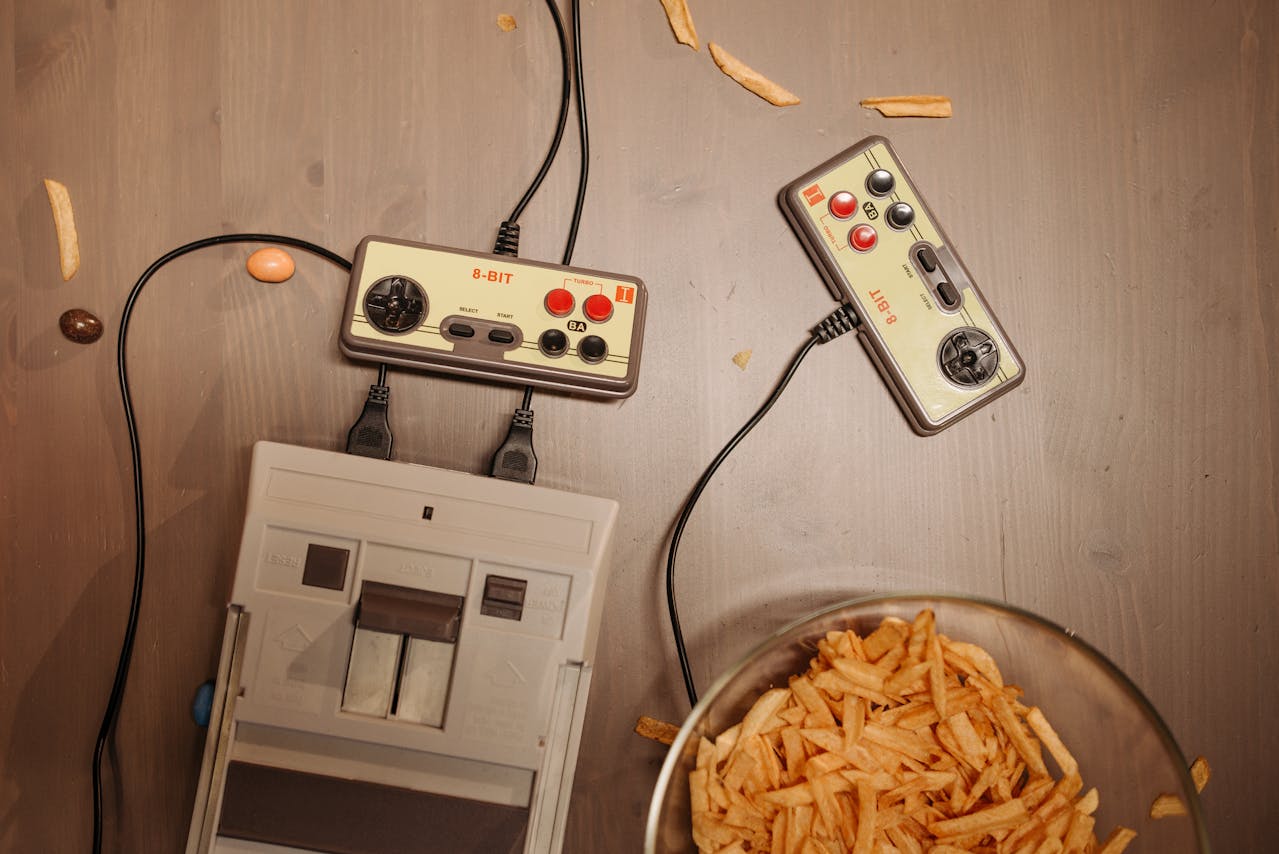
Retro video games and consoles are hot, especially complete-in-box titles. Nintendo, Sega, and PlayStation games with original manuals, inserts, and clean discs or cartridges bring premiums. Check early print codes, region marks, and working save batteries. Test ports and controllers at the store when allowed. Avoid third-party repro carts. Handhelds like Game Boy and PSP sell well if screens are bright and buttons responsive. Sealed accessories and first-party controllers also flip quickly online when the condition is strong.
